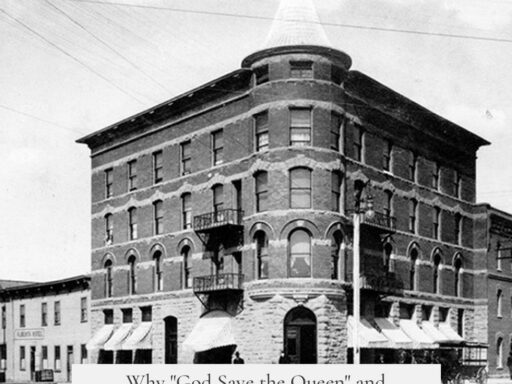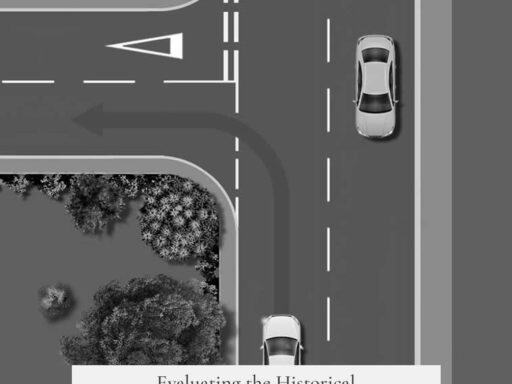Beijing officially changed its English name from Peking in 1958 due to the adoption of the Hanyu Pinyin romanization system, which better reflects the Mandarin Chinese pronunciation. The change gained international acceptance by 1982 when the International Organization for Standardization (ISO) adopted Pinyin as the global standard. The older name, Peking, originated from earlier romanization systems that transcribed Chinese sounds based on European interpretations and dialectal differences.
The name “Peking” dates to the 19th century when Western countries used Wade-Giles and Postal Map Romanisation systems to spell Chinese names. These systems rendered the Chinese characters 北京, meaning “Northern Capital,” as “Peking.” The spelling matched the European attempts to phonetically capture the local dialect of the time. However, the Beijing dialect’s pronunciation of consonants underwent significant shifts after European contact, especially involving palatalization—a linguistic process altering sounds before the vowel “i.”
This palatalization affected consonants categorized in three main shifts:
- Sounds like “g” or “dz” became “j” (as spelled in modern Pinyin), changing “Beiging” to “Beijing.”
- “k” or “ts” sounds turned into “ch,” represented by “q,” i.e., “Tsingdao” became “Qingdao.”
- “s” or “h” sounds shifted to “sh,” written as “x,” e.g., “Sin-hing” to “Xinxing.”
These changes meant the older spellings, such as “king” or “ching,” no longer matched actual Mandarin pronunciations. The Postal Map Romanisation system, created mid-19th century, retained archaic consonants because it was based on a conservative Mandarin dialect or European map traditions that did not reflect these phonetic shifts.
The Communist government of China implemented language reforms after 1949, developing and officially approving Hanyu Pinyin in 1958. This romanization system aimed to standardize and simplify Chinese phonetic representation globally, favoring spellings in line with modern Beijing dialect sounds. Consequently, “Peking” was replaced by “Beijing,” with “b,” “j,” and “q” letters indicating the newly recognized palatalized consonants.
Despite official endorsement in 1958, Pinyin use outside China remained limited until the late 1970s. During this period, Western countries, including media and cartographers, largely continued using established names like Peking. Gradually, pressure and international organizations pushed for adoption of Pinyin standards. By 1982, the ISO formally embraced Pinyin, solidifying the global spelling as “Beijing.”
French and Spanish-speaking countries maintain the older forms “Pékin” and “Pekín” respectively, reflecting the endurance of historical romanizations in those languages. Additionally, some English phrases and names retain “Peking,” mainly for historical reasons, such as “Peking University.”
There was a brief historical interlude when China’s capital was moved to Nanjing. From 1928 to 1949, Beijing was renamed 北平 (Běipíng, “Northern Peace”) because it was no longer the political capital. English spellings then reflected this transitional name, e.g., “Peking” becoming “Peiping.” This changed again when Beijing resumed its status as the capital after the Communist takeover.
| Year | Event |
|---|---|
| 16th–18th centuries | Palatalization shifts occur in Beijing dialect phonetics |
| 19th century | European use of Wade-Giles and Postal Map Romanisation spells city “Peking” |
| 1949 | People’s Republic of China adopts Pinyin system |
| 1958 | Formal official recognition of “Beijing” by Chinese government |
| 1970s–1982 | International adoption of Pinyin standard; “Beijing” becomes global norm |
To summarize:
- The shift from Peking to Beijing reflects linguistic modernization aligning romanization with actual Mandarin pronunciation.
- Palatalization in Beijing Mandarin caused significant changes in consonant sounds, not captured by older romanizations.
- China’s 1958 official adoption of Hanyu Pinyin initiated the formal change of the city’s name.
- International recognition grew until 1982, making Beijing the standard English spelling worldwide.
- Legacy usage of “Peking” remains in historical and cultural contexts, especially in French and Spanish-speaking regions.
When did Beijing officially change its name from Peking?
The Chinese government officially adopted the spelling “Beijing” in 1958. By 1982, the International Organisation for Standardisation recognized Pinyin, making “Beijing” the global standard.
Why does the name differ between “Peking” and “Beijing” if they refer to the same city?
Both names represent the same characters 北 (north) and 京 (capital). The difference comes from distinct romanisation systems and pronunciation shifts in the Beijing dialect after European contact.
What caused the pronunciation and spelling shift from “Peking” to “Beijing”?
Pronunciation changes called palatalisation affected certain consonants before the vowel ‘i’. Over time, sounds like “k” and “g” shifted to softer sounds like “j” and “q,” influencing spelling and pronunciation.
How did the introduction of Hanyu Pinyin influence the name change?
Hanyu Pinyin standardized Mandarin romanisation in the mid-20th century. It replaced older systems, making spellings like “Beijing” more consistent with modern pronunciation, unlike “Peking” from older European maps.
Why was “Peking” used internationally for so long despite the pronunciation shift?
Older romanisation like Postal Map Romanisation reflected earlier or conservative dialects and European map traditions. These spellings persisted internationally until Pinyin gained official acceptance in the late 20th century.




